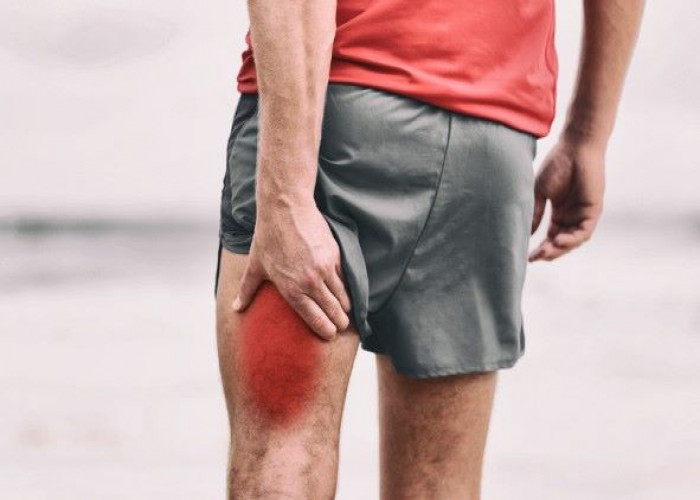 Welcome
Welcome
“May all be happy, may all be healed, may all be at peace and may no one ever suffer."
Hamstring injury
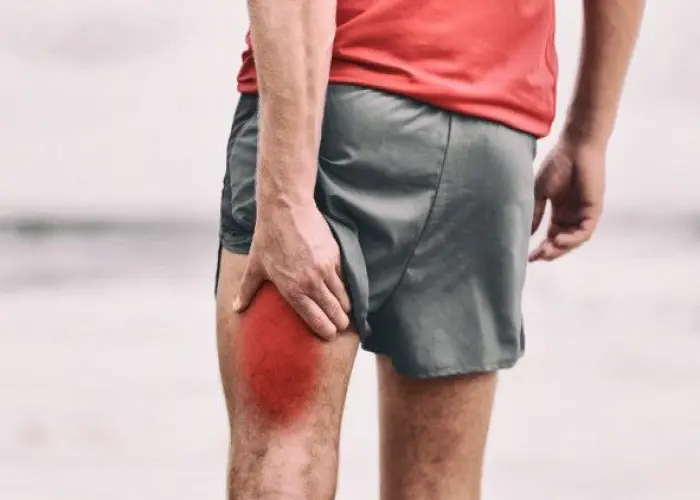
A hamstring injury is a strain or tear in the muscles or tendons of the hamstring group, which are the muscles located at the back of the thigh. The hamstrings are responsible for flexing the knee joint and extending the hip joint, and they are commonly used in activities that involve running, jumping, or sudden changes in direction.
Hamstring injuries can be caused by a sudden or rapid movement that overloads or stretches the muscles beyond their capacities, such as a sprint or a jump. They can also occur due to overuse, improper warm-up or stretching, fatigue, or underlying muscle imbalances.
The symptoms of a hamstring injury can include pain, swelling, bruising, and weakness in the affected leg. In severe cases, there may be a popping or tearing sensation at the time of injury. The severity of the injury can range from a mild strain to a complete tear of the muscle or tendon.
Treatment for a hamstring injury typically involves rest, ice, compression, and elevation of the affected leg to reduce pain and swelling. Over-the-counter pain medications, such as acetaminophen or nonsteroidal anti-inflammatory drugs (NSAIDs), may also be used to manage pain and inflammation. Physical therapy or rehabilitation exercises may be recommended to improve flexibility, strength, and function of the hamstring muscles.
In severe cases, surgery may be necessary to repair a complete tear or rupture of the muscle or tendon. Prevention of hamstring injuries can be achieved by maintaining proper warm-up and stretching routines, gradually increasing the intensity and duration of exercise, and addressing any underlying muscle imbalances or weaknesses.
Research Papers
Disease Signs and Symptoms
- Muscle pain
- Popping sensation or sound at the time of injury
- Swollen leg
- Leg pain
- Back pain
Disease Causes
Hamstring injury
The hamstring muscles are a group of three muscles that run along the back of your thigh from your hip to just below your knee. These muscles make it possible to extend your leg straight behind your body and to bend your knee. When any one of these muscles stretches beyond its limit during physical activity, injury can result.
Disease Prevents
Hamstring injury
As part of an overall physical conditioning program, regular stretching and strengthening exercises can help minimize your risk of hamstring injury. Try to be in shape to play your sport; don't play your sport to get in shape.
If you have a physically demanding occupation, regular conditioning can help prevent injuries. Ask your doctor about appropriate conditioning exercises.
Disease Treatments
The initial goal of treatment is to reduce pain and swelling. To accomplish this, your doctor may recommend that you do the following:
- Take a break from strenuous activities to allow the injury to heal.
- Use a cane or crutches to avoiding putting your full weight on your injured leg.
- Apply ice packs several times a day to relieve pain and reduce swelling.
- Wrap the injured area with a compression bandage or wear compression shorts to minimize swelling.
- Rest with your leg elevated above the level of your heart, if possible, to improve drainage and minimize swelling.
- Take an over-the-counter pain medication, such as ibuprofen (Advil, Motrin IB, others) or acetaminophen (Tylenol, others), to reduce pain and inflammation.
Physical therapy
After the initial pain and swelling of a hamstring injury subside, your doctor or a physical therapist can show you how to perform specific exercises designed to improve flexibility and strengthen your hamstring muscles.
Surgery
If your muscle has pulled free from where it's connected to your pelvis or shinbone, orthopedic surgeons can reattach it. Severe muscle tears also can be repaired.
Disease Diagnoses
Disease Allopathic Generics
Disease Ayurvedic Generics
Disease Homeopathic Generics
Disease yoga
Hamstring injury and Learn More about Diseases

Indigestive Diarrhoea

Bacterial vaginosis

Childhood asthma

E. coli
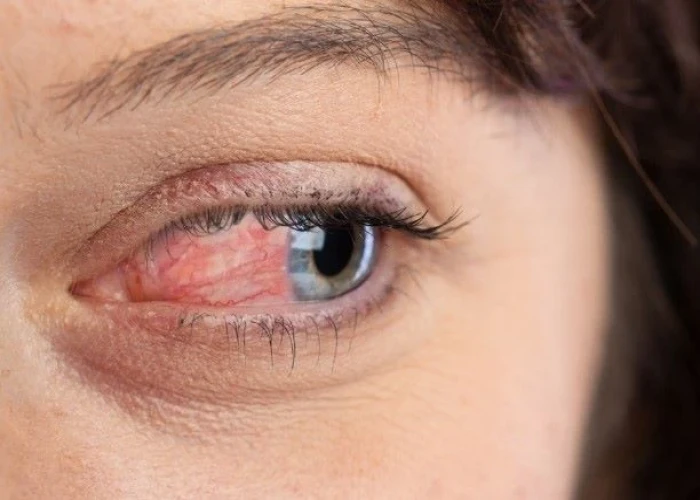
Ocular rosacea
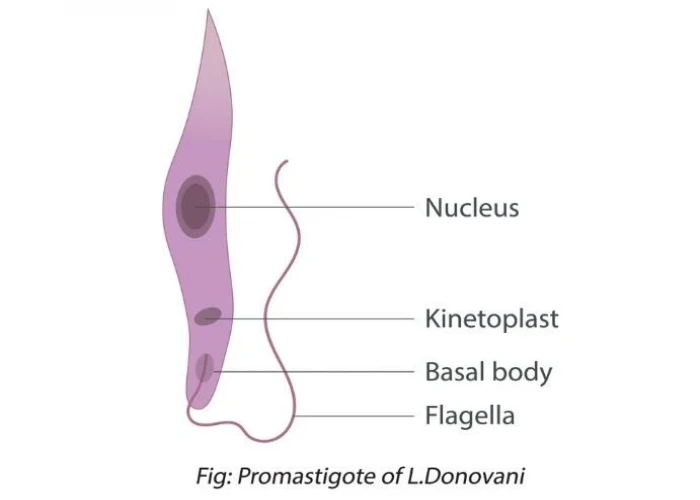
Kala Azar
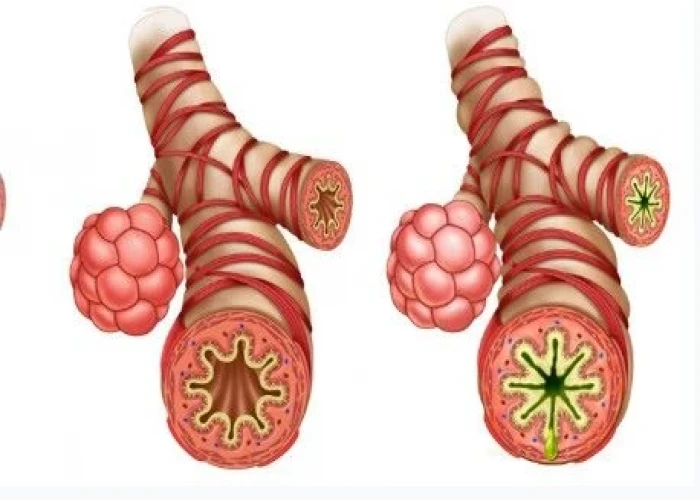
Occupational asthma

Heart murmurs
hamstring injury, হ্যামস্ট্রিং ইনজুরির
To be happy, beautiful, healthy, wealthy, hale and long-lived stay with DM3S.
